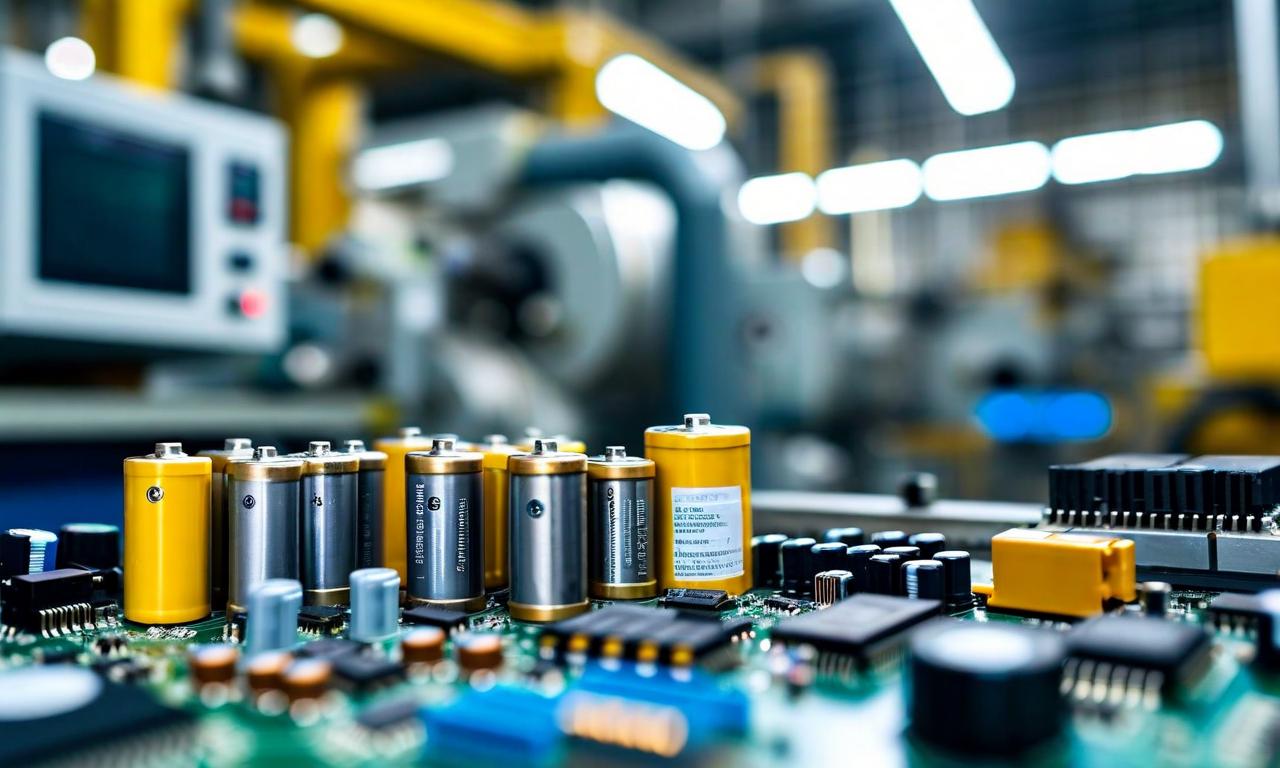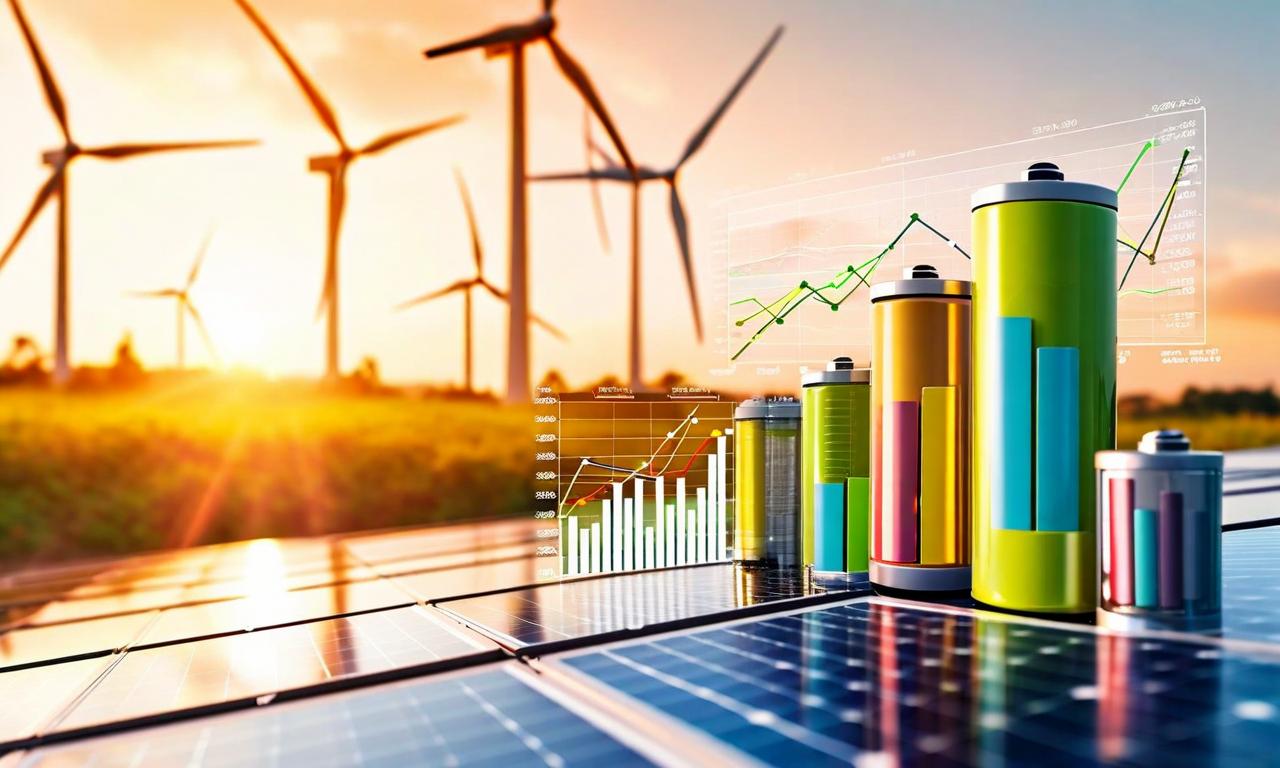Panasonic Energy India Reports Mixed Q2 Results with Revenue Growth and Profit Decline
Panasonic Energy India Co. Ltd. released Q2 FY2026 results, showing revenue growth but declining profitability. Revenue from operations increased to ₹6,864.26 crore, up 18.34% quarter-on-quarter. However, profit after tax fell to ₹192.09 crore, a 52.47% year-on-year decrease. Six-month revenue slightly decreased to ₹12,664.76 crore. The company faces challenges from new Battery Waste Management Rules and has revised its depreciation accounting method. A final dividend of ₹9.42 per share for FY2025 was approved but not yet disbursed.

*this image is generated using AI for illustrative purposes only.
Panasonic Energy India Co. Ltd. has released its unaudited financial results for the quarter and six months ended September 30, 2025, revealing a mixed performance with revenue growth but a decline in profitability compared to the previous year.
Revenue Growth Amid Challenging Market Conditions
The company reported revenue from operations of ₹6,864.26 crore for Q2 FY2026, showing a significant increase from ₹5,800.50 crore in the previous quarter. This represents an 18.34% quarter-on-quarter growth. However, for the six-month period ended September 30, 2025, the revenue stood at ₹12,664.76 crore, slightly lower than the ₹13,162.78 crore reported in the corresponding period last year.
Profitability Under Pressure
Despite the revenue growth, Panasonic Energy India experienced a decline in profitability. The profit after tax for Q2 FY2026 was ₹192.09 crore, more than double the ₹83.80 crore reported in the previous quarter. However, when compared to the same quarter last year (₹404.13 crore), it represents a significant year-on-year decrease of 52.47%.
For the six-month period, the profit after tax stood at ₹275.89 crore, substantially lower than the ₹818.19 crore reported in the same period last year, marking a 66.28% decline.
Financial Performance Overview
Here's a tabular representation of the key financial metrics:
| Particulars (₹ in crore) | Q2 FY2026 | Q1 FY2026 | Q2 FY2025 | H1 FY2026 | H1 FY2025 |
|---|---|---|---|---|---|
| Revenue from Operations | 6,864.26 | 5,800.50 | 6,864.29 | 12,664.76 | 13,162.78 |
| Total Income | 6,955.19 | 5,903.45 | 6,949.94 | 12,858.64 | 13,368.52 |
| Profit Before Tax | 209.72 | 204.86 | 537.35 | 414.58 | 1,100.89 |
| Profit After Tax | 192.09 | 83.80 | 404.13 | 275.89 | 818.19 |
| EPS (Basic & Diluted) | 2.56 | 1.12 | 5.39 | 3.68 | 10.91 |
Operational Highlights and Challenges
The company's performance reflects a challenging operating environment. While there's been a recovery in revenue compared to the previous quarter, the year-on-year figures indicate ongoing pressures. The significant decline in profitability suggests increased costs or competitive pressures in the battery market.
Balance Sheet Position
As of September 30, 2025, Panasonic Energy India's total assets stood at ₹15,783.45 crore, slightly higher than the ₹14,751.46 crore reported on March 31, 2025. The company maintains a strong equity position with total equity of ₹10,345.08 crore.
Dividend Announcement
The company's shareholders approved a final dividend of ₹9.42 per equity share for the financial year ended March 31, 2025, at the Annual General Meeting held on September 24, 2025. As of September 30, 2025, this dividend had not yet been disbursed to eligible shareholders.
Future Outlook and Regulatory Challenges
Panasonic Energy India, along with other battery manufacturers, is navigating the implications of the Battery Waste Management Rules issued by the Ministry of Environment, Forest and Climate Change. These rules aim to regulate the collection, recycling, and disposal of battery waste under the Extended Producer Responsibility (EPR) framework. The company has made representations to the Ministry regarding practical challenges and associated costs, and is awaiting further guidance.
The management has also revised its accounting estimates for depreciation, which is expected to impact financial results going forward. This change includes a shift from the Written Down Value (WDV) method to the Straight Line Method (SLM) for depreciation calculation.
As Panasonic Energy India adapts to these regulatory and operational changes, investors and market observers will be keenly watching how the company navigates these challenges while striving to improve its financial performance in the coming quarters.
Historical Stock Returns for Panasonic Energy
| 1 Day | 5 Days | 1 Month | 6 Months | 1 Year | 5 Years |
|---|---|---|---|---|---|
| +1.71% | -2.01% | -10.18% | -21.21% | -35.78% | +47.63% |































